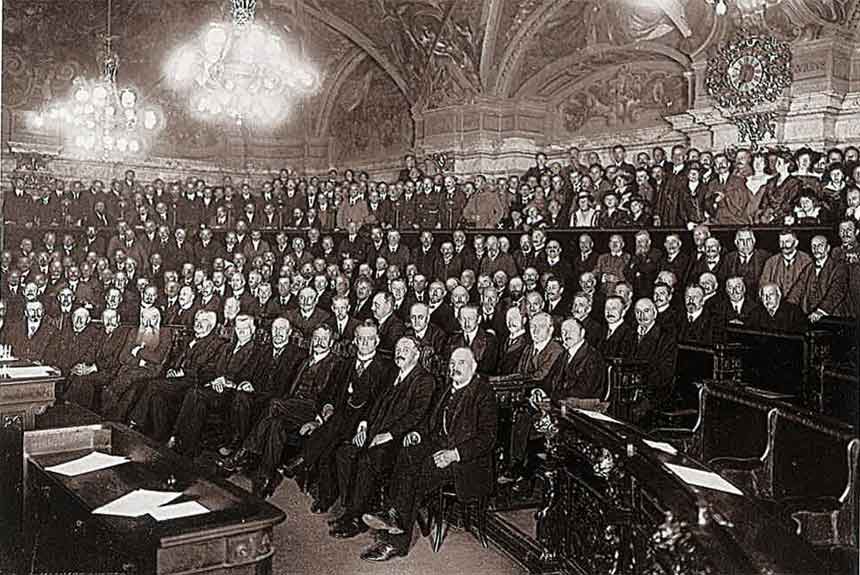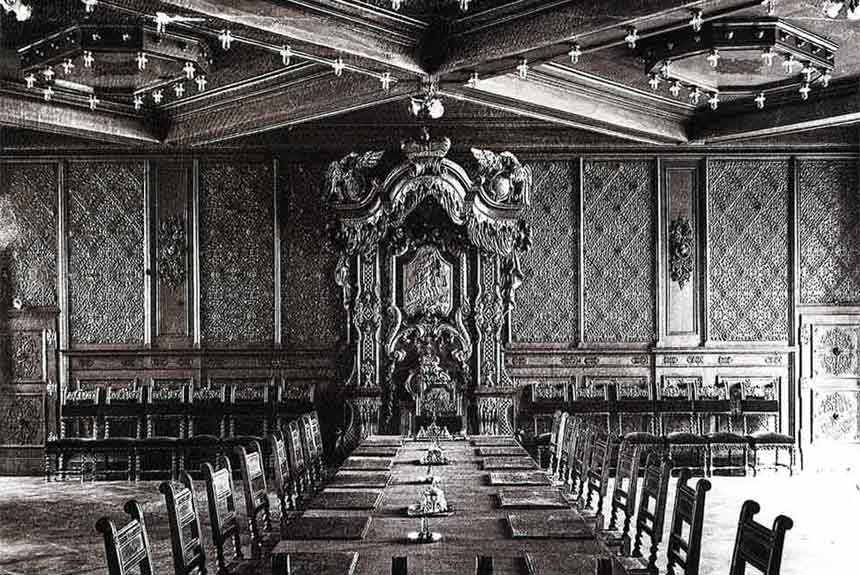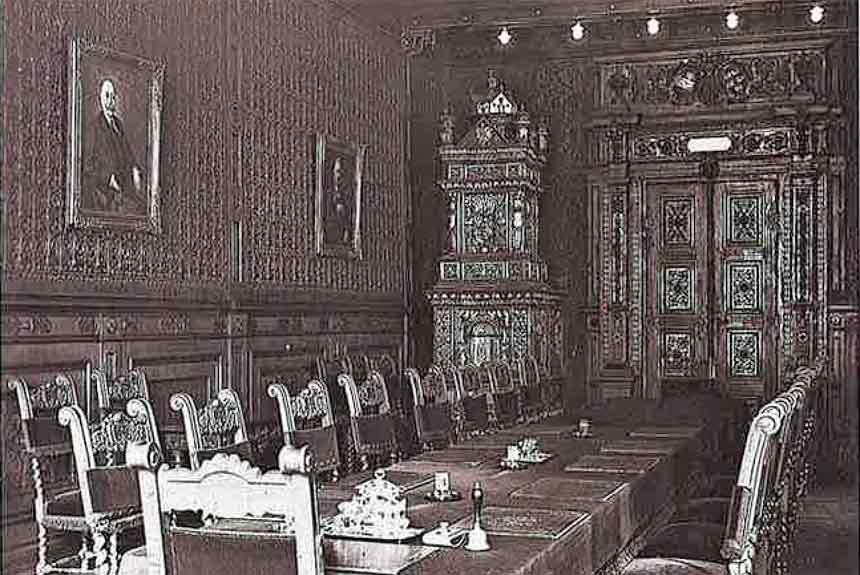Palais Niederösterreich’s history has significance on a political and on a social level and its presence can be felt in the premises to this day. The beginnings date back to the late Middle Ages.
1513
As the political representative of lords, knights, prelates, and cities, the estates general acquired the villa in order to be in the immediate vicinity of the sovereign and to hold meetings in Vienna. Valuable features of this late Gothic villa, such as its chapel and the Gotische Zimmer – Gothic Room, are still intact.
16th century
The Renaissance-style Landtagssaal – Parliament Hall – was built and vaulted in the middle of the 16th century.
1710
The Landtagssaal was furnished during the Baroque period with magnificent scagliola on the walls and Antonio Beduzzi’s impressive ceiling fresco, which symbolises glory and honour and is the largest continuous ceiling mural in Austria. Besides being a place where political matters were dealt with, the Landtagssaal was also a popular venue for balls and concerts with many major world premieres being held there in the 18th and 19th centuries.
1861
The Provincial Parliament of Lower Austria took over the villa from the estates general after the people’s representation came to an end in 1848, the year of the revolution.
21st October 1918
Citing the right of self-determination of the people, German-speaking parliamentary members of the Upper House formed the ‘Provisional National Assembly of the Independent Austro-German State’ in the villa.
1922
The representatives of the people of Vienna and Lower Austria used the villa jointly until 1921. The villa has belonged to the Lower Austrian provincial government since Vienna gained independence on 1st January 1922.
1997
The Provincial Parliament of Lower Austria relocates to the new provincial capital, St. Pölten.
2005
The renovation was carried out in accordance with the regulations for listed buildings and Palais Niederösterreich has since been used in its present form as a centre for events.
Remnants of the foundations of a medieval building – presumably the ‘House of Liechtenstein’ – were found in the courtyard during the conversion and restoration work between 2002 and 2004. Alongside a wide variety of glass and ceramic vessels, simple and fine tableware were also found.
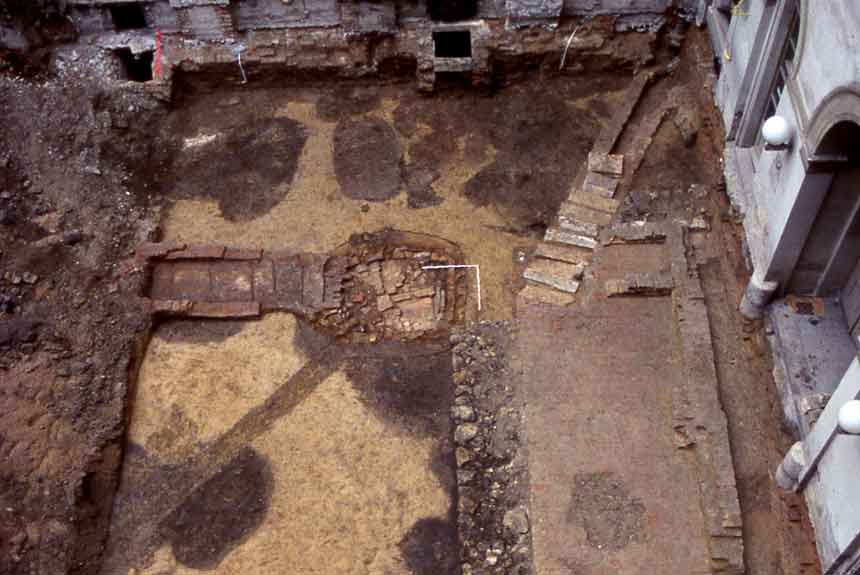
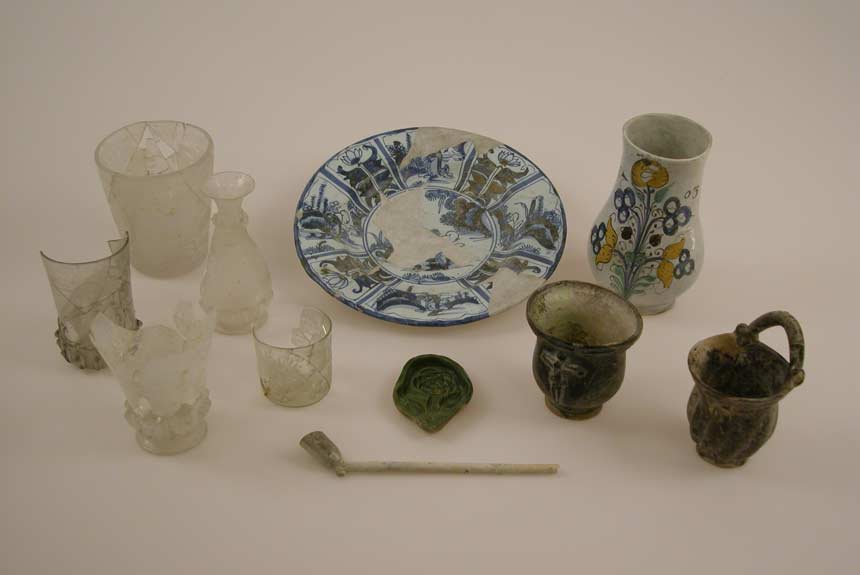
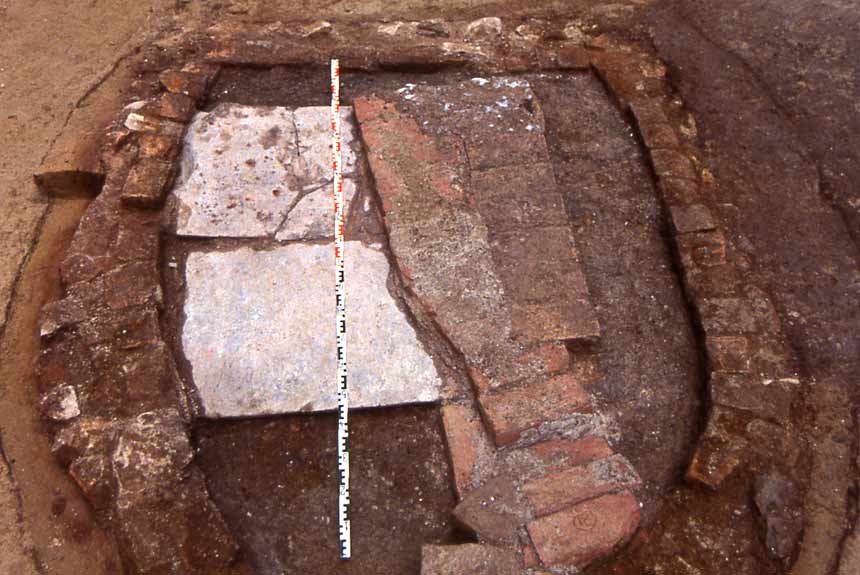
Guided Tours
For those interested in culture we offer special guided tours through the historic event rooms of our Palais Niederösterreich. Otmar Gartler will tell you the history of the building and some anecdotes about what has happened here over the last 500 years or so.
Please note, that we offer those tours in German language only.
